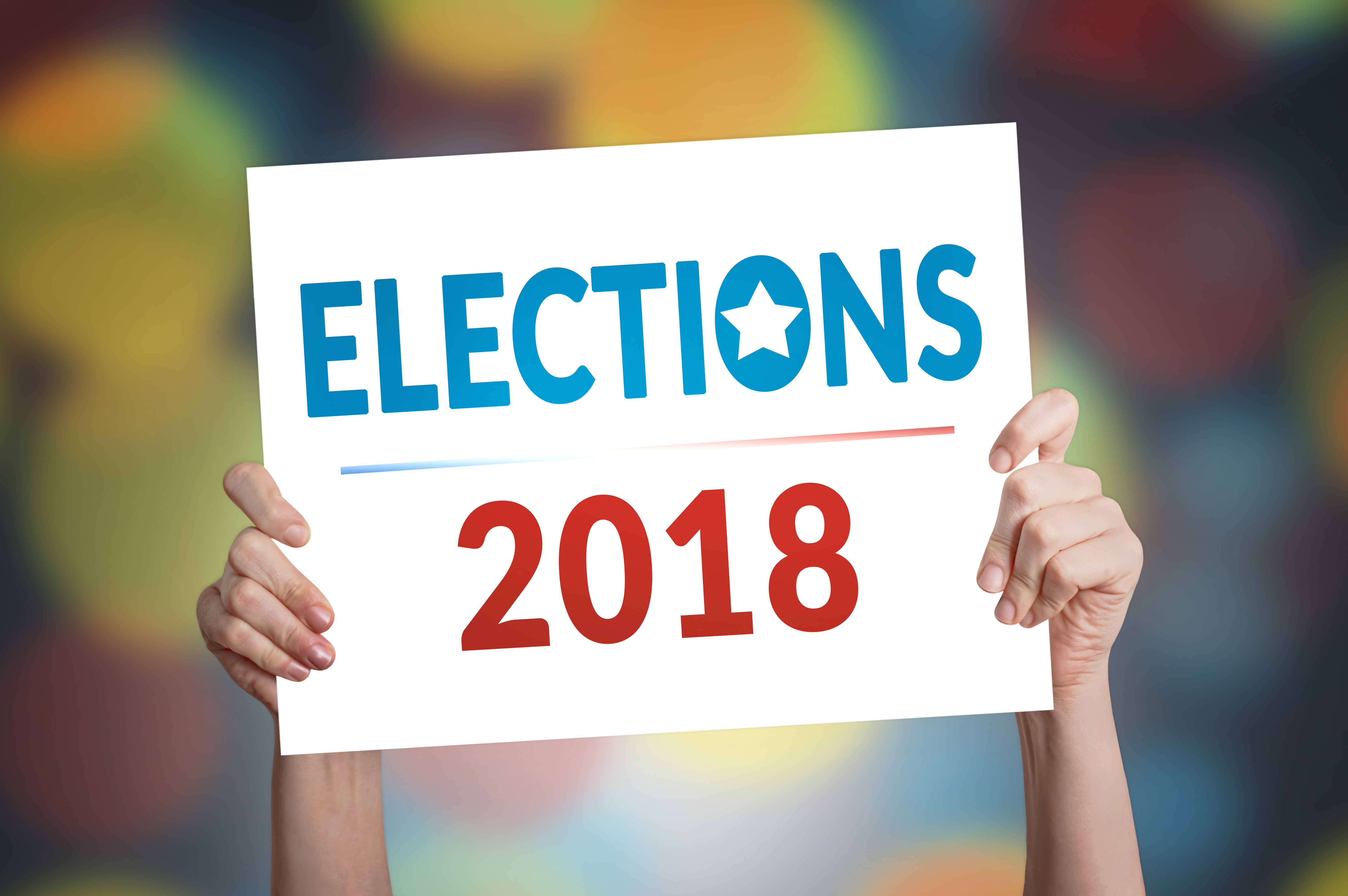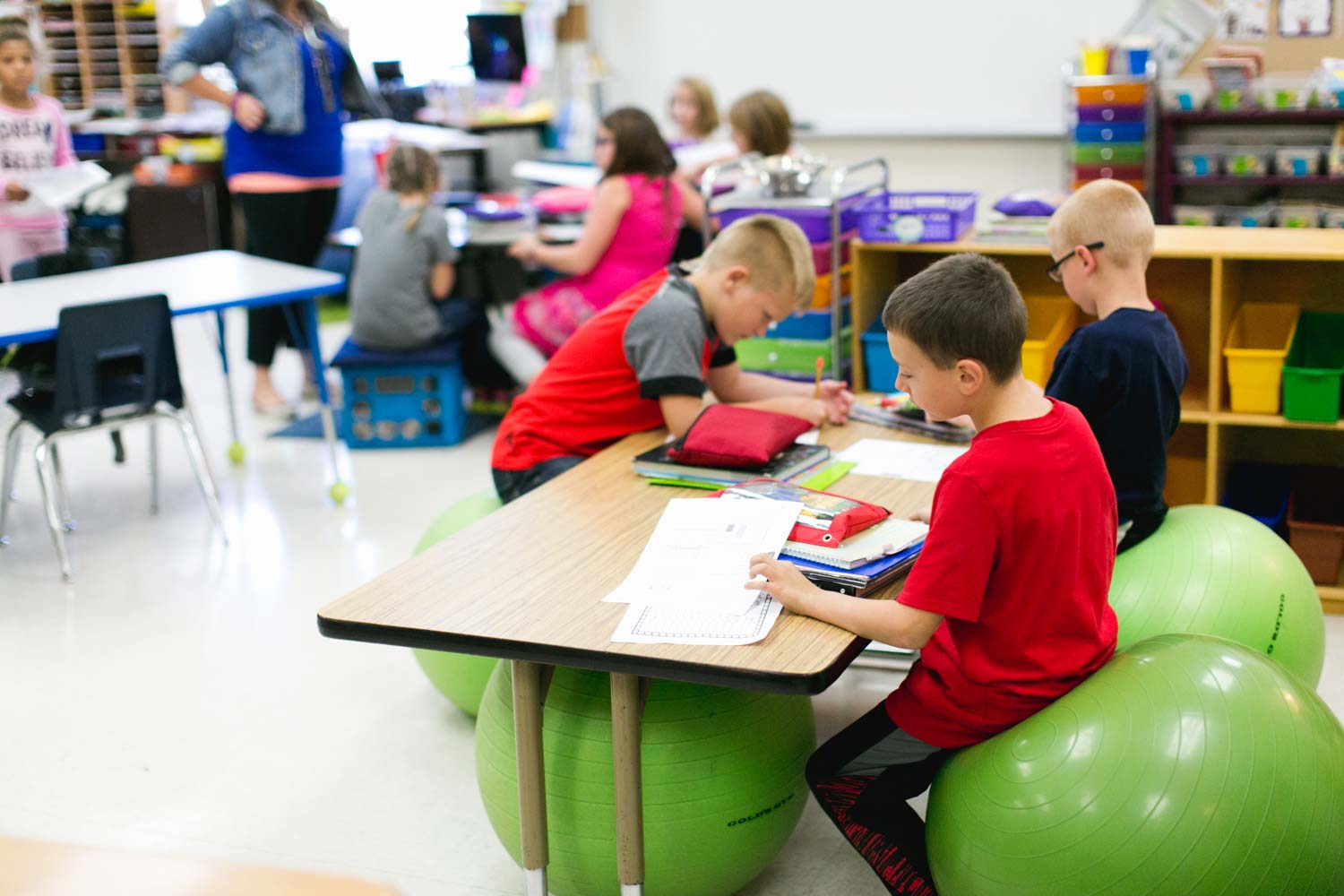Tuesday’s mid-term election is one of the most unique elections in recent history with key special elections and majorities at both the state and national levels hanging in the balance.
The scenarios at the state level range from full Republican control to full DFL control with options for every form of split government in between. The entire landscape of the state and Legislature is up for grabs on Election Day. No matter what happens, a new governor will bring changes to the way our state operates.
Voters get it as demonstrated by an explosion in early voting. Minnesota traditionally has the highest voter turnout in the nation; let’s continue that trend. Get informed and cast your vote for:
- 6 statewide races, including governor
- 8 Congressional seats
- All of the members of State House of Representatives
- One special election in State Senate
Here is a brief look at the races in Minnesota, their impact and current expectations:
Governor
Tim Walz (DFL) vs. Jeff Johnson (R)
This is considered the most important race in Minnesota. There will be changes in the way every agency in the state operates under either new administration.
Tim Walz has held a lead in the race since the Primary Election in August and it looks like he will be able to withstand the final days of the campaign. Jeff Johnson has seen an increase in his numbers. With Walz polling at 49 percent—about 6-8 points higher than Johnson has seen in most polls—there doesn’t seem to be enough undecided voters to get Johnson over the hump. Almost every undecided voter would have to swing his way and past indicators make that very unlikely.
US Senate
Amy Klobuchar (DFL) vs. Jim Newberger (R)
6-year term
Conventional wisdom has Amy Klobuchar winning this race easily. She is one of, if not the, most liked elected official in the state. Jim Newberger hasn’t seemed to be able to budge the needle on her popularity and most people assume Klobuchar will have an easy victory.
Karin Housley (R) vs. Tina Smith (DFL)
2-year term to finish out the seat opened when Al Franken’s resigned
At the start of the campaign season, Tina Smith held a strong lead against Karin Housley. Recent polling has showed that this race is getting closer. Smith still holds a decent lead but Housley has been gaining ground. Most pundits think that Smith will win but it has also been labeled too close to call.
This election could also have an influence on the makeup of the Minnesota State Senate. Should Housley win the U.S. Senate seat, there would create an opening that could result in a 33-33 tie with no visible majority in the State Senate until another special election would take place in early 2019.
Attorney General
Doug Wardlow (R) vs. Keith Ellison (DFL)
This is the most hotly contested and vicious race of this election cycle. The two campaigns have been in what could best be called a knockdown, drag out fistfight. This race has generated more negative campaign ads than any other race in the state.
The differences between these two candidates are greater than any other statewide race and both candidates have issues within their own party. Ellison is holding a slight lead in recent numbers (44%-41%) but there are enough undecided voters and people who said they are voting for someone else that there is no clear front runner.
U.S. Congress
There are eight races of Congress this election. Four of the seats are assumed to be safe; they are Collin Peterson (DFL) – CD7, Tom Emmer (R) – CD 6, Betty McCollium (DFL) – CD 4, and Ilhan Omar (DFL) – CD 5.
The other races are all in play for control of the U.S. House of Representatives:
Dan Feehan (DFL) vs Jim Hagadorn (R) – CD 1
This is the seat that Tim Walz is vacating to run for governor. Even though Walz has held the seat for six terms, this district is considered to lean Republican. Jim Hagadorn is making his third run for the seat. Dan Feehan has almost an identical resume to Walz when he won his first race and there is speculation that Feehan could prevail.
Jason Lewis (R) vs. Angie Craig (DFL) – CD 2
This is a rematch from the 2016 election and also one of the most hotly contested Congressional races in the country. The district tends to lean Republican but trends in the suburbs moving away from the Republican Party gives the Democrats an even chance to pick up the seat.
Dean Phillips (DFL) vs Eric Paulsen (R) – CD 3
Congressional District 3 has been considered a safe Republican district for most of Minnesota’s modern political history. This year it appears that the demographics are changing.
Dean Phillips has run a campaign focusing on Eric Paulsen’s lack of outreach to the constituents of the district and it seems to have taken hold. The momentum is going Phillps’ way as we get to the election and even republican operatives are beginning to concede this race.
Pete Stauber (R) vs. Joe Radinovch – CD 8
This District used to be a DFL stronghold but in recent history it has swung both ways. Joe Radinovich had to get through a serious primary to challenge Pete Stauber in the general election. Duluth and the Range have been the lynch-pin to DFL victories over the years but between Stauber’s strong ties in Duluth being a former police officer, and Trump’s work to bring back the steel industry appear to be pushing this race to Stauber.
Minnesota House of Representatives
The fight for control of the Minnesota House of Representatives has the usual flavor of past elections. The majority is running on all the good things they did and the minority is running on all the bad things the majority did.
Currently the Republicans hold a 20 seat majority at 77-57. This means the Democrats need to win 11 races to reach the slimmest majority possible of 68-66 to take control.
The focus of the Democrats has been to work heavily in suburban Republican districts. They feel that the changing demographics and the national political atmosphere give them the best chance to pick up seats.
The Republicans are using a different approach. They have a harder task because they need to protect more seats in the suburbs than they have held in the past but they are also working to keep changing traditionally democratic rural areas to red.
State Senate Special Election
Senate District 13 (SD 13) is one of the most interesting elections in Minnesota. When Michele Fishbach was elevated to Lt. Governor and resigned her seat, it created the need for a special election. The reason this election is critical is because the majority of the Minneosta Senate hangs in the balance with a current 33-33 tie between GOP and DFL held seats.
Joe Perske (DFL) and current Rep. Jeff Howe (R) are running for the seat. SD 13 has been a Republican stronghold for decades and at the beginning of the race everyone thought this would be an easy win for them. However, Perske is a well-respected person in the district and remains very popular and right now the race is too close to call.
Both parties and their political supporters have put over $1 million into the race, making it the most expensive State Senate race in history.
Should Perske win, the majority in the Senate will switch. That in itself would change the landscape of the Legislature drastically no matter who wins control of the House or the Governor’s office.
Should Howe win SD 13 the Senate will stay in Republican control with one exception – the possibility of Karin Housley winning the U.S. Senate race against Tina Smith.
If that occurs there will be no clear majority and the Senate would be sitting at 33-33 and unable to organize to conduct business at the start of the Legislative Session. A special election for the Housley seat would need to be called by the new Governor with the majority of the Senate hanging in the balance again. It is truly one of the most watched races and has everyone guessing what might happen.





